|
First of all, congratulations to all the New Zealand crews who took part in the Etchells Worlds in New York. What follows are some reflections on sail trim and performance, courtesy of the One Design team at North Sails BILL HARDESTYWhat a wonderful adventure! It has been great to have the support of my family and friends, the support of my new teammates Taylor Canfield, Stephanie Roble, and Marcus Eagan. Our approach was similar to years past: sail as many big fleet regattas as possible, look at all new sail possibilities, research the hell out of the Worlds venue, and try to have fun regardless of how the racing is going. It doesn't come without some stress. We felt we were defending the World Championship title since we hadn't raced an Etchells Worlds since our successful bid in 2011. WHAT WE LEARNED Flat sails go faster in the flat water of Miami, where we struggled with our San Diego open water setup. It took us a long time to get the tuning right for flat water. Moving the mast butt aft and a longer headstay seemed to be an improvement, but it still wasn't easy. The fleet had progressed yet we were at the same level where we had stepped out in 2011. We had to work harder. I decided to get the boat back to San Diego where I could do the long overdue maintenance and we could do some sail testing. North Sails and our tuning partners had been working on a few things and we wanted to give them a try. When our sailing finished in San Diego we concluded that the details are important but it is the big lines that make the biggest difference. I got better at driving but the crew made my life easier by keeping the boat going fast. Inhauling the jib sheet was a big discussion. We tried various inhauling techniques in different conditions and sometimes we went faster but mostly we went the same. It was hard to consistently measure the amount of inhaul so we eventually put it out of our minds. We had a jib with a longer and stiffer bottom batten option. This way we could inhaul without closing the bottom of the jib. For better or worse, we never felt fast with the stiff bottom batten except when at the upper end of the wind range. Then there was the jib's top batten. We started with three choices! Wow, too many choices. We simplified! Short batten for light air and medium wind with bumpy water and the stiff top full length batten was very fast in flat water or higher wind speeds. What really makes a difference is not what batten you select, how much rig tension you use, or even how much rake you have; it comes down to identifying when you are fast and repeating those settings. TWO DRILLS WE USED TO IMPROVE OUR RACING Acceleration Drill - Ease the sails and slow the boat like in a pre-start, put the bow down, let the boat accelerate, pull the sheets to the marks, and hike. Everything needs to be pre-set, backstay, traveller, etc. You get one chance to hit the rail and be ready for full speed. This drill will help improve starting, exiting the leeward mark, and anytime the boats get close. Hiking Drill - Clearly define what lines will be used for hiking. I know it sucks but it's a reality. Now see how long you can hold 100% hiking posture. We found the front two positions, using both hands to hike, could hold for two minutes or more. The helm and middle could only hike for about two minutes maximum. Anytime we needed a little extra speed we would take turns counting to 15. After two cycles through the crew (two minutes) we were always in a better position. SPINNAKER CHOICE Spinnaker choice was easy. But it took us a long time to figure it out. The VMG (smaller) spinnaker is almost always better. The only time we would use the FR runner spinnaker was if the wind was strong and the waves were flat. Always lean towards the VMG and make sure if the runner is plugged in that it is clearly a runner condition. Break your sails in! We used the main for 12-15 days before the Worlds. John Bertrand also had a well broken in main, but most others I saw had brand new sails. Use the jibs a few days, but not too much. Also, avoid using new sails in heavy wind or anytime they will be flogging. Look for North Sails to have a very fast new radial jib and main hitting the market soon. We did some testing with a radial jib and had great success. It was just too close to the regatta to make a change that wasn't 100% proven and regatta tested. The Etchells class is stronger than I have ever seen. I want to close by saying thank you to everyone who competed in the World Championship. These events would be nothing without the great sailors involved and the serious campaigns they represent. Until next time, Bill Hardesty - USA 979 CHRIS LARSONThere were 2 distinctive trimming styles we used with success in Newport. They were determined primarily by the sea state. SMOOTH WATER TRIM Our "Smooth water trim" focused on having a slightly tighter mainsail leech through mainsheet and sometimes a touch of extra backstay to remove depth. This allowed the boat to be fully loaded, but however it did give a narrower groove. The traveler car was always ¼ - ¾ of the distance up from centerline. Even though we wanted a flatter profile, it was important to not over trim the jib. We never trimmed the jib to where there was a crease in the foot of the jib. Using the spreader marks allowed us to consistently trim for the look we wanted. I call this more of a Biscayne Bay set-up. ROUGH WATER TRIM The "Rough water trim" focused on depth in the bottom of the mainsail, but utilized more twist through mainsheet with sometimes slightly less backstay. The upper leech section of the mainsail was more open giving the boat a much larger groove to steer to. Again, the traveler car was always ¼ - ¾ of the distance up from centerline. Working on the more forgiving, powerful mode, we would move the leads slightly forward and ease the jib a touch while still trying to achieve the same leech tension/profile as the smooth water setup. This really worked well for us especially when the seaway became noticeably turbulent for the given wind strength. We used similar mast tune for both Smooth & Rough water. We set up with sag up until 12-13kts. (under 8kts - ¾", 9-12kts – ¼", over 13kts - straight). Our rake was between 47 5/8" and 48 ¼" for the entire event. A good rule of thumb for rig tension is to gauge the tension on the leeward vertical shrouds. I tried to set them up by just releasing w/ tension in the conditions we saw in Newport. It's interesting to note there was a lot of talk about inhauling the jib before the event and I can say for sure we did not inhaul at all. Inhauling (non-North jibs) seems to work for a very short period where you need height, but over a long run the amount of height gained is far outweighed by the loss forward. Reflecting back, I would have to say that we had one of the most open mainsail leeches throughout the range of conditions we saw in Newport. Trimming less seemed to give more! We always felt confident that we were going well and trimming was a large key to our success. Good luck! Chris Larson - HKG 1333 VINCE BRUNTraining for the Worlds after the Jaguar Series in Miami, was in my opinion, the best time for us and the teams to come up with ideas, not only on how to improve our sails but also learn rig setups under different wind and sea conditions. Many of the incremental improvements to our sails came from this pre-Worlds sail testing. MAINSAIL We have been working on our main's broad seaming and luff curve for some time now, particularly the standard PC-F main, and I am glad to report that we have greatly improved its smoothness but even more importantly, its performance. JIBS With the Worlds being held in a place that we could see a huge range of winds throughout the race, and I felt that it was extremely important to increase the working range of our jib models. To get this done, we worked on batten length and specs for both the top and lower jib battens. During our many sail tests in San Diego, we learned that the difference in camber at the top of the jib changed by about 2% ( from 16% to 18% ) when using the long full length batten versus the short partial length one at the top, the result having a big impact on the power generated by the sail. Now, to increase the range of our jibs,the new standard full length top batten is a bit stiffer than before and we now are also including a softer full length version for light winds. We also tested straightening the lower jib leech, which proved fast at the top range of the jib. To make this possible, we made the lower batten removable, being able to not only change the stiffness but also the length, with the upper range batten being stiffer and max class legal length. This made the lower leech more open decreasing the drag, and greatly improving the jib performance at the top end of the wind range. This straighter lower leech also proven fast when inhaul was used. Our experience was that the inhaul was only efficient only on flat water conditions and winds between 8 to 12 kts TWS, which explain why a few teams successfully used this system during the Jaguar series and at other flat water events. SPINNAKERS Since the VMG is only used in relatively light winds, Bill Hardesty asked us to make a lighter clew so that the sail flew easier. We made his sail with a 30% lighter clew patch and it was clear that this not only made the sail easier to fly but also greatly helped the light winds performance. Look for this to be incorporated in our new 2015 model VMG spinnaker. ONGOING RESEARCH & DEVELOPMENT At our loft in San Diego, we have been working on a medium wind range "radial" jib and it appears that we are very close to having the product ready. To make sure we have all the details sorted and tuning figured out, I plan to sail with one of these jibs on local events and get the shape and finishing details completed. Our North Sails colleagues over in Australia are also working on a similar sail, and hopefully by year end we should have this development completed. This new jib will feature a new cloth developed by North Sails called "Radian", which was designed specifically for radial constructed sails. There is also a main that is being developed by NS Australia (with the cooperation of 2012 Etchells World Champion Tom King), and they are also close with the last few tweaks being done and the product performing extremely well. Why am I bringing up sails that are still in the development stages, when we have sails that just dominated the 2014 Worlds? So that you are well informed on what our future goals are for the Etchells and what steps we are taking to get there. We believe that radial sails produced with NS proprietary "Radian" fabric will create longer lasting sails, which is especially important to a class that has sail purchase limitation. Below are trimmer eye view of the latest test sails. I wish you and your team a very successful sailing season. If I or any member of our Etchells team can help with information on our sail models selection or how to make your boat go faster do not hesitate to contact us.
Best Regards, Vince Brun
2 Comments
|
AuthorAlex Webster is Auckland Fleet Captain and runs this website, so blame him. Archives
February 2019
Categories
All
|

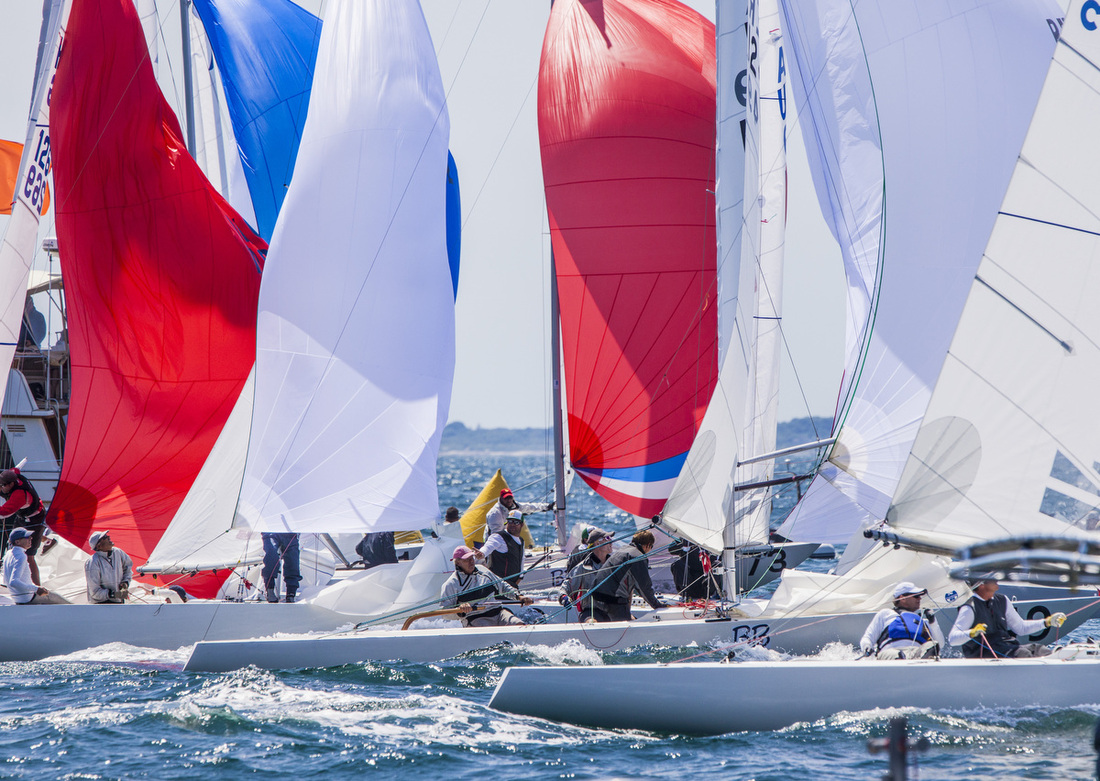
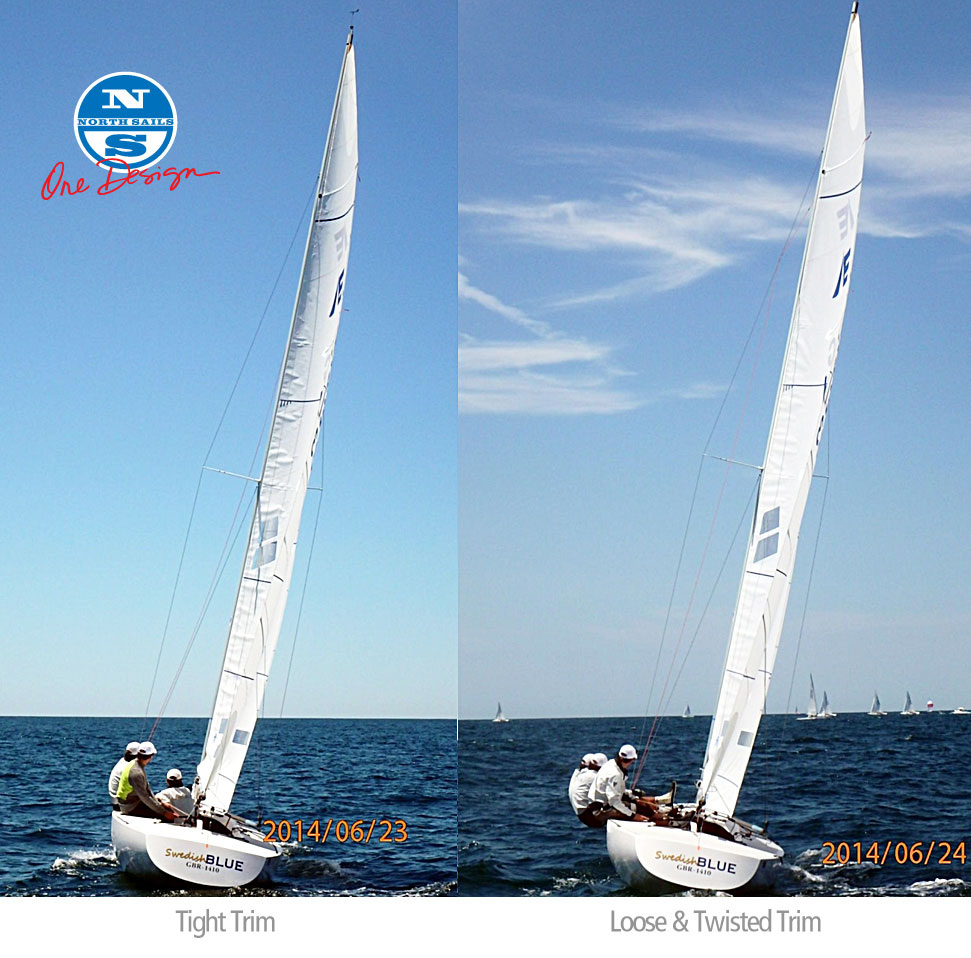
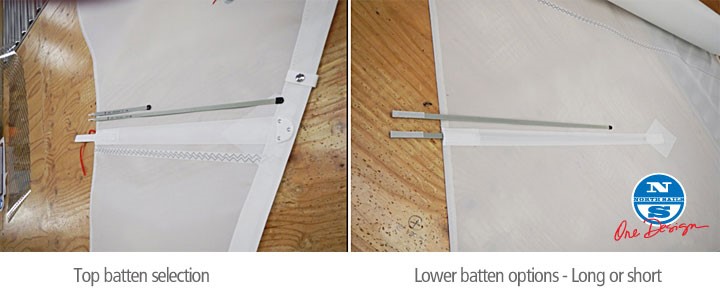
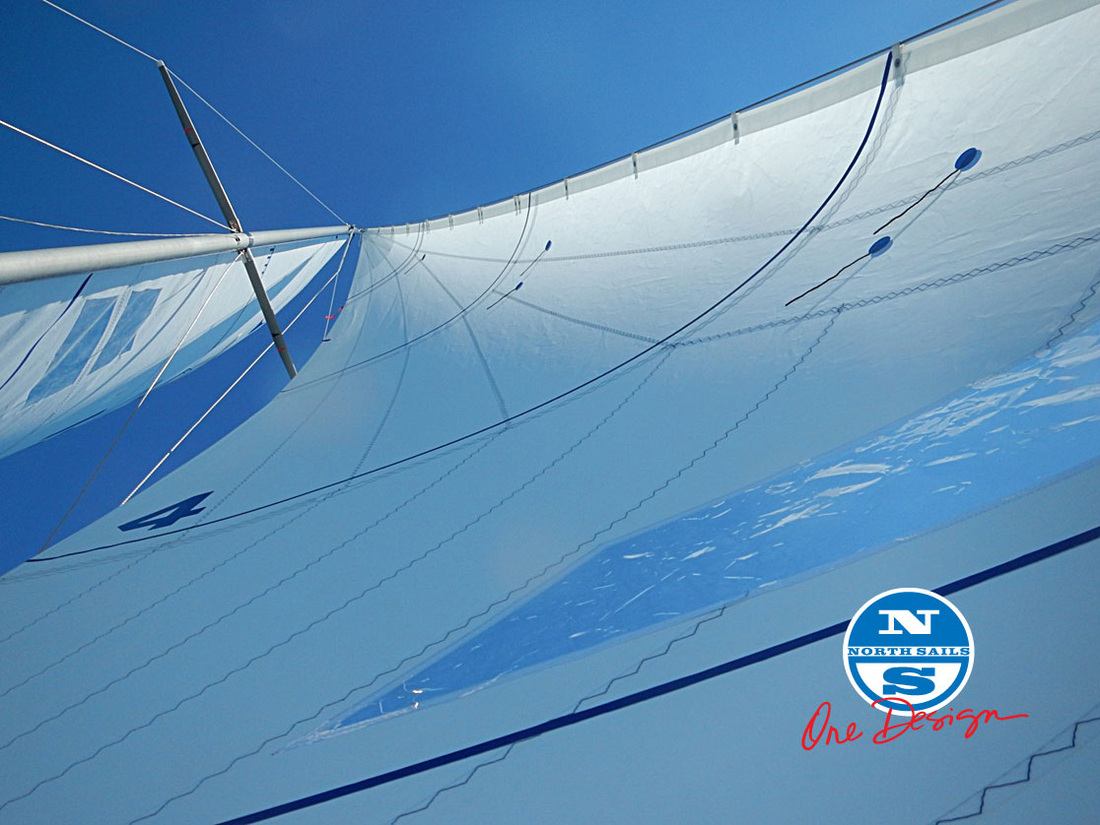
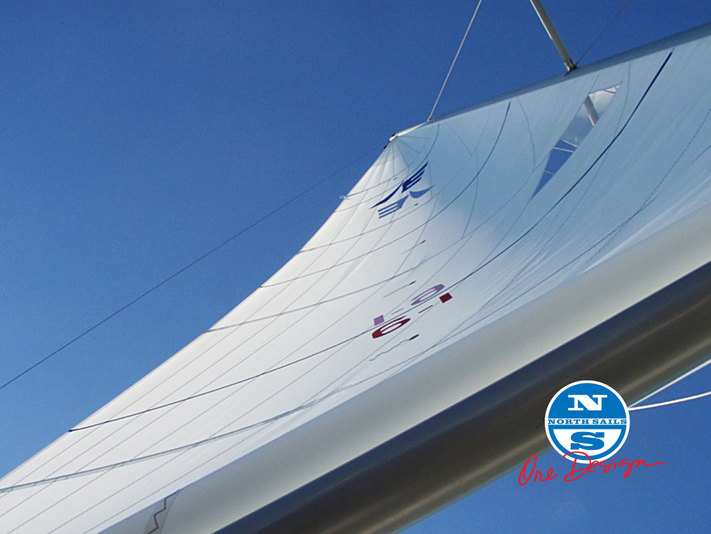
 RSS Feed
RSS Feed
